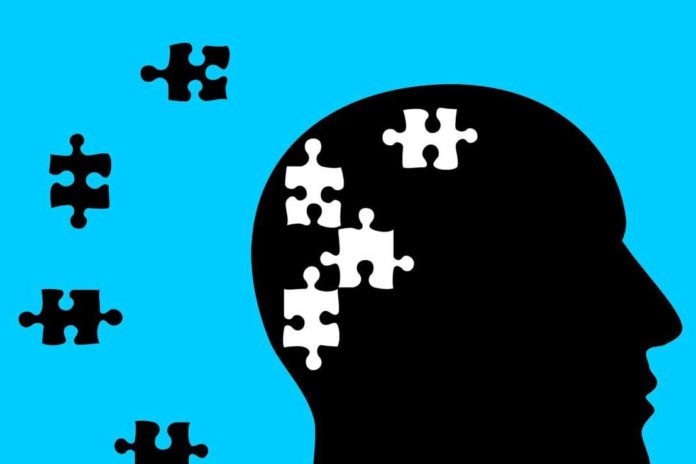Memories are not static. They are dynamic constructions of the brain that regularly get updated, modified and reorganized through experience. The brain is constantly remembering and forgetting information — and much of this happens automatically during sleep.
When it comes to intentional forgetting, prior studies focused on locating “hotspots” of activity in the brain’s control structures, such as the prefrontal cortex, and long-term memory structures, such as the hippocampus.
In a new study, scientists shed light on the sensory and perceptual areas of the brain, specifically the ventral temporal cortex, and the patterns of activity there that correspond to memory representations of complex visual stimuli.
Using a technique called neuroimaging, scientists at the University of Texas at Austin have discovered that forgetting something takes more mental effort than trying to remind it. This surprising result extends prior research on intentional forgetting, which focused on reducing attention to the unwanted information through redirecting attention away from unwanted experiences or suppressing the memory’s retrieval.
Jarrod Lewis-Peacock, the study’s senior author and an assistant professor of psychology at UT Austin said, “We may want to discard memories that trigger maladaptive responses, such as traumatic memories so that we can respond to new experiences in more adaptive ways. Decades of research has shown that we have the ability to voluntarily forget something, but how our brains do that is still being questioned. Once we can figure out how memories are weakened and devise ways to control this, we can design treatment to help people rid themselves of unwanted memories.”
“We’re looking not at the source of attention in the brain.”
Using neuroimaging, scientists tracked the patterns of brain activity and showed a group of healthy adults images of scenes and faces, instructing them to either remember or forget each image. They found that scientists tracked the patterns of brain activity and showed a group of healthy adults images of scenes and faces, instructing them to either remember or forget each image.
Tracy Wang, lead author of the study and a psychology postdoctoral fellow at UT Austin said, “A moderate level of brain activity is critical to this forgetting mechanism. Too strong, and it will strengthen the memory; too weak, and you won’t modify it. Importantly, it’s the intention to forget that increases the activation of the memory, and when this activation hits the ‘moderate level’ sweet spot, that’s when it leads to later forgetting of that experience.”
Lewis-Peacock said, “The researchers also found that participants were more likely to forget scenes than faces, which can carry much more emotional information. We’re learning how these mechanisms in our brain respond to different types of information, and it will take a lot of further research and replication of this work before we understand how to harness our ability to forget.”
“This will make way for future studies on how we process, and hopefully get rid of, those really strong, sticky emotional memories, which can have a powerful impact on our health and well-being.”
The study is published in the Journal of Neuroscience.
